World War II brought rapid development and economic growth to Oakland. The economic boom of the War brought relief for many parts of the United States after the Great Depression of the 1930s, and Oakland’s economy and industrial sector also benefited.
Oakland During WWII
During World War II, Oakland was a major centre of goods production because of its productive port, the largest seaport in Northern California, and its strategic location at the terminus of major rail lines. Oakland’s shipbuilding and canning industries produced goods at record speeds during the War, which provided tremendous new jobs. It led to a population boost in the 1950s: almost 100,000 people moved to Oakland between 1940-1945, and the 1945 special census showed the city had 405,301 people.
The wartime expansion of Oakland increased the city’s population as well as its diversity. Black residents of Oakland made up 3% of the population before the War. With a massive influx of black and white shipyard workers from the Deep South, Oakland’s African-American population grew to 12% of its total. During this period, the federal government created more than 30,000 public housing units in the East Bay, housing 90,000 war workers. As black and white shipyard workers flooded south from the deep South, segregationist attitudes such as Jim Crow spread to sections of the country previously free from it.
Oakland After the WWII
Jobs became scarce for Oakland as soon as the shipbuilding and automobile industries disappeared after World War II. Black and white residents with higher incomes left after the War to move to neighbouring cities. After World War II, black Americans constituted about 12% of Oakland’s population, which continued to rise after the War. Racial tensions also increased. Many of the Oakland Police Department’s white officers in the late 1940s were openly racist. Their repressive tactics exacerbated racial tensions; the expanded black population and changing racial attitudes demanded their recruitment.
During the first week of December 1946, workers in Oakland were one of six cities nationwide participating in a General Strike to prevent management from repeating the Union Busting that followed the first World War. It was one of the most significant strikes in American history.
Below are some stunning historical photos that show Oakland in the 1940s.



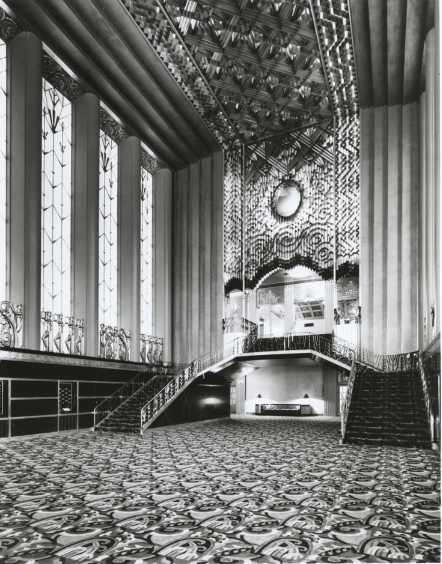
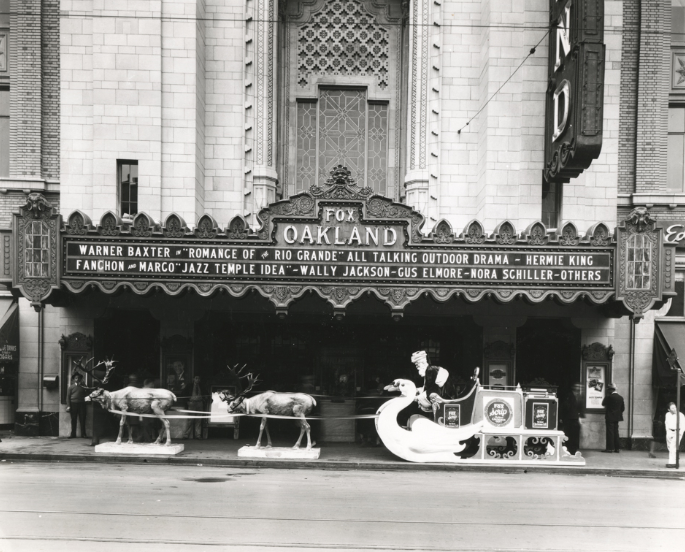
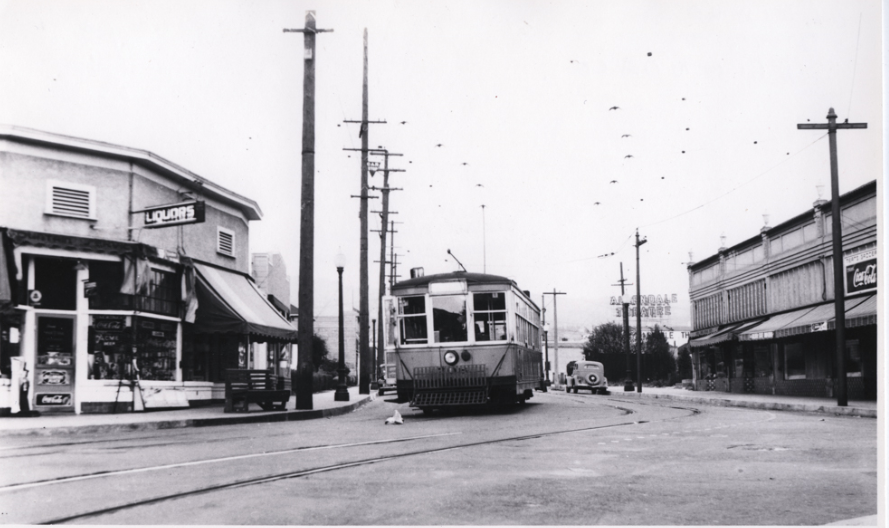
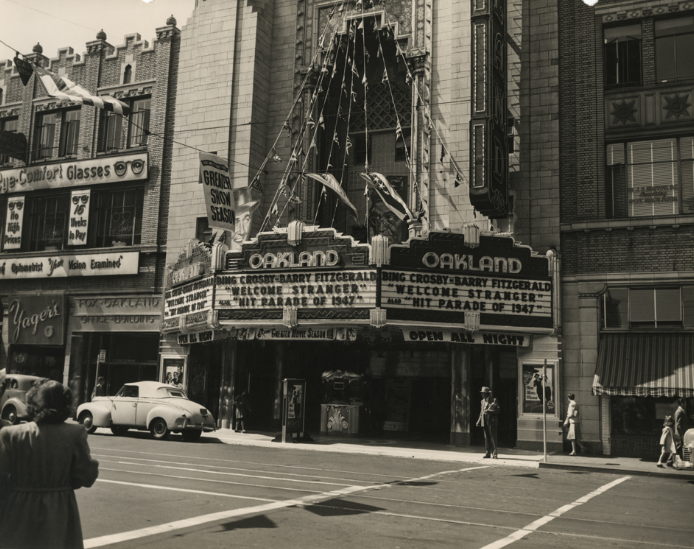
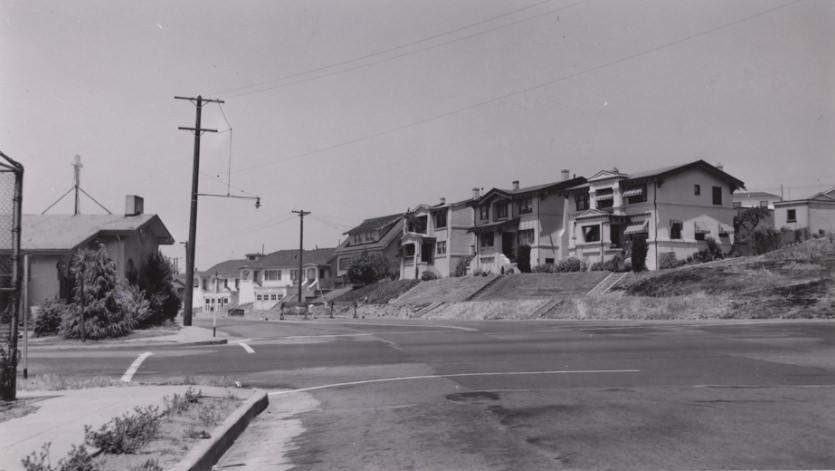
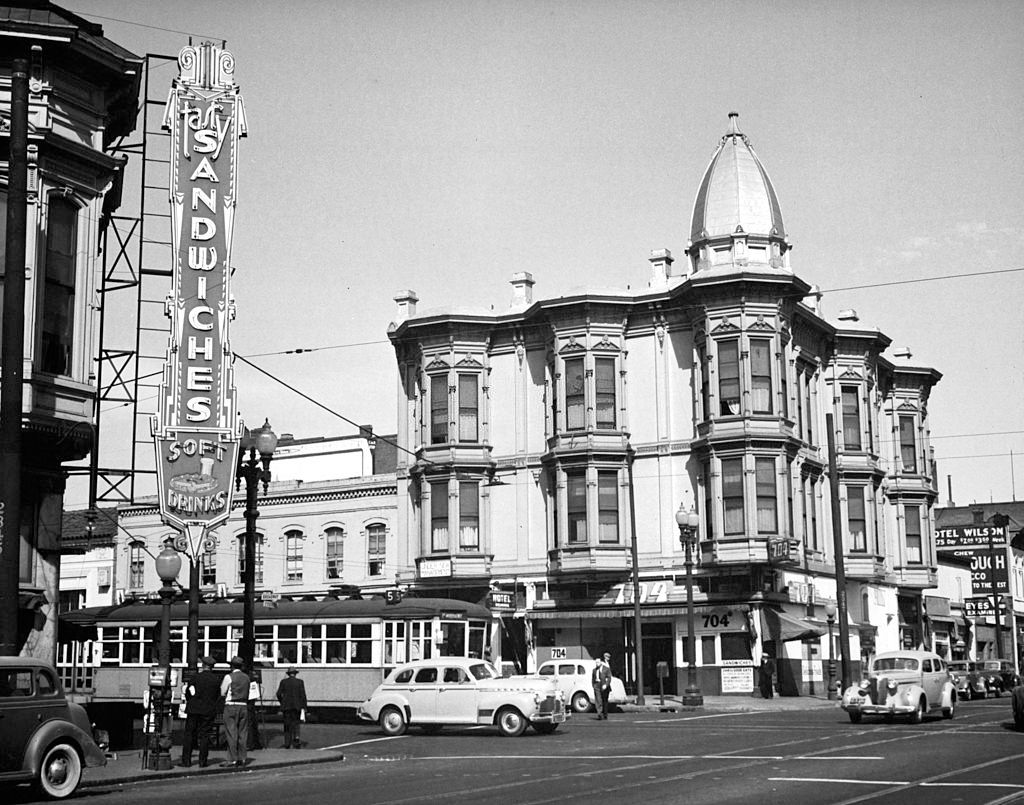

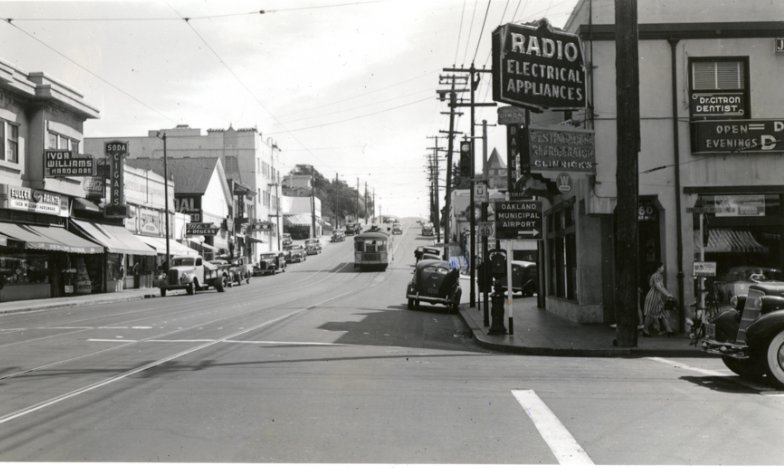
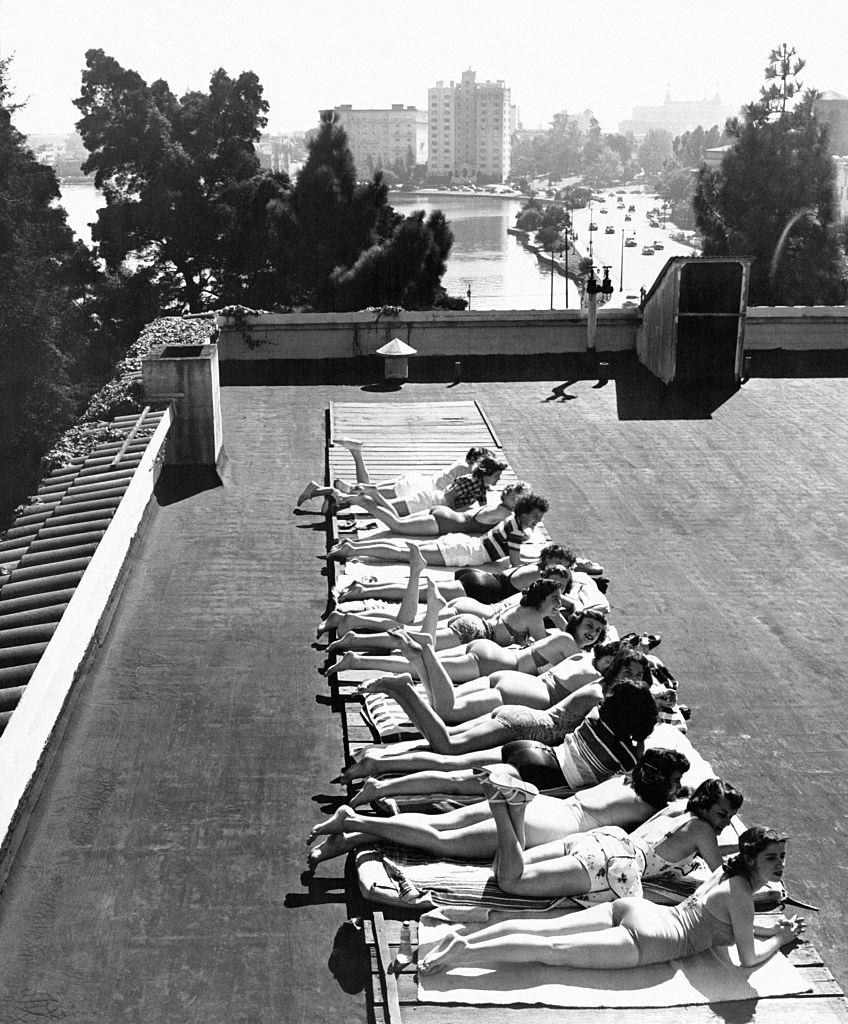
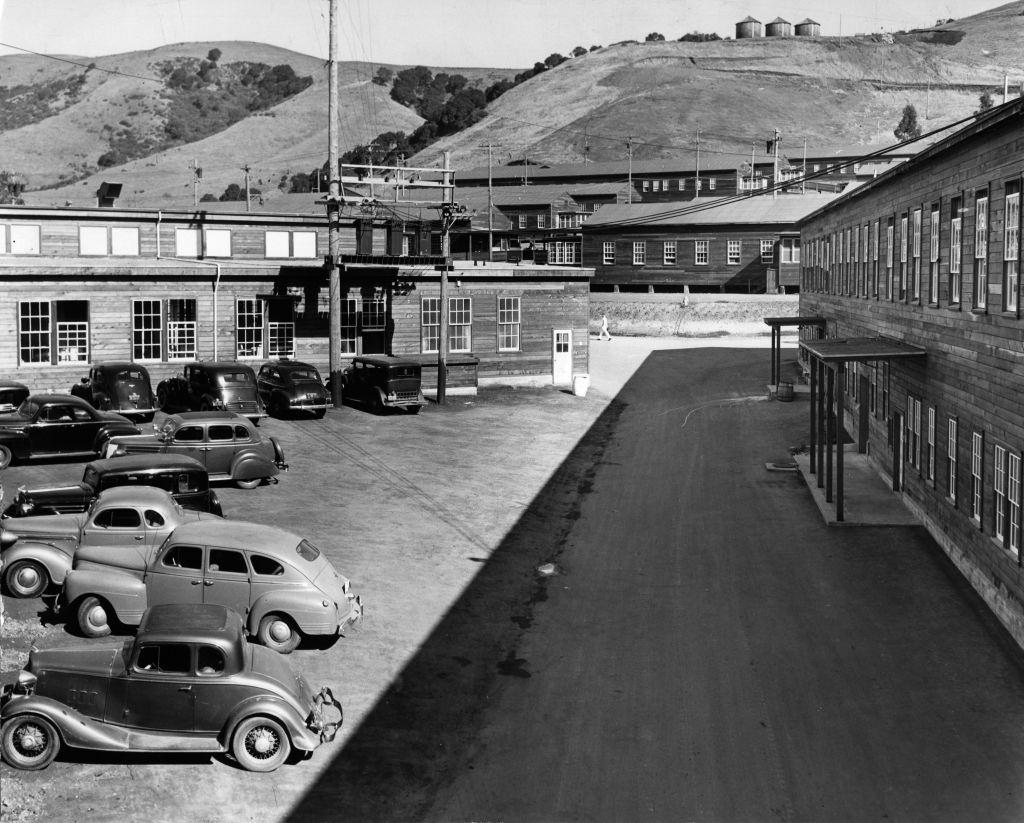
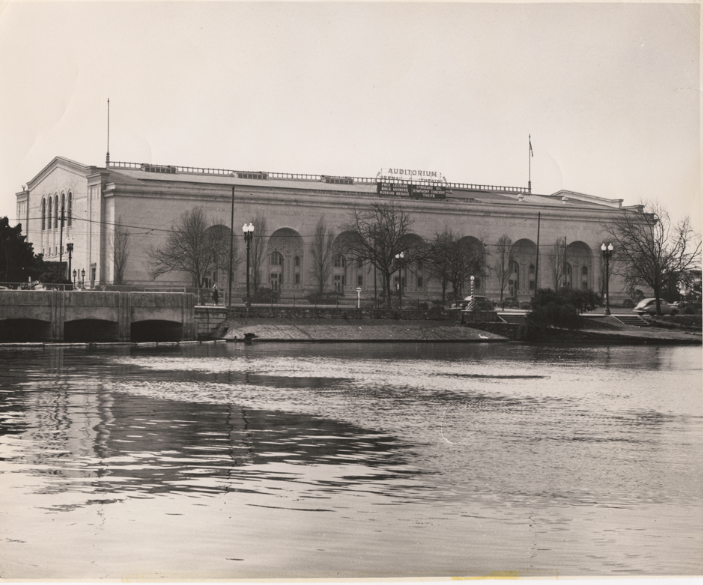
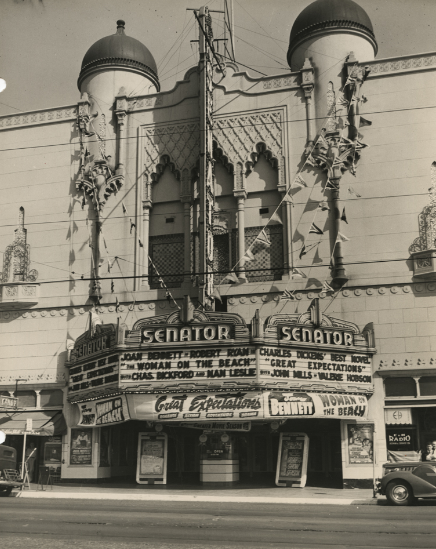
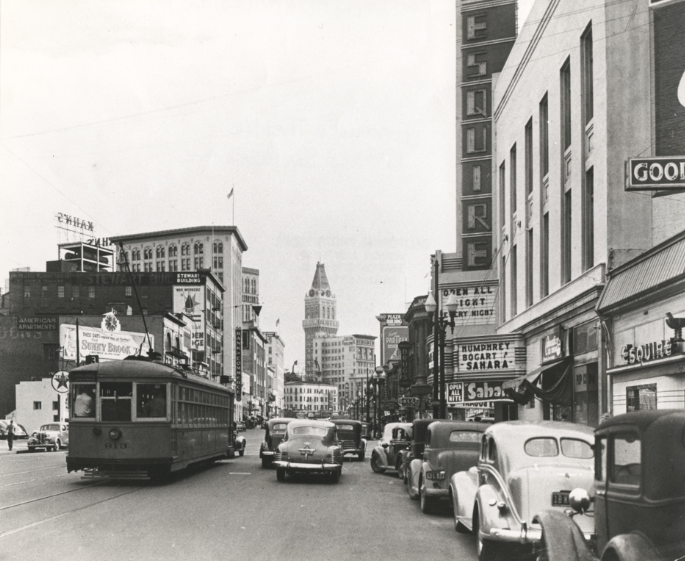
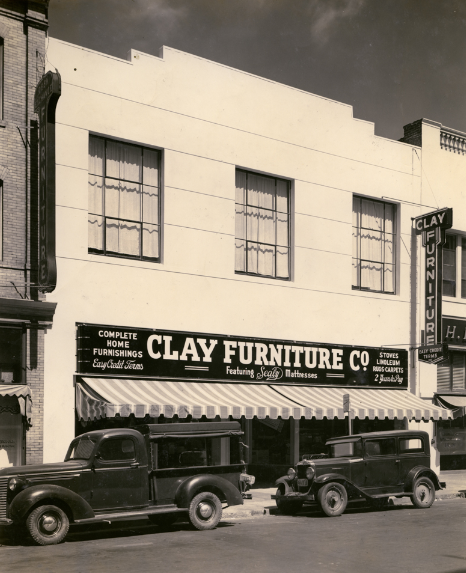
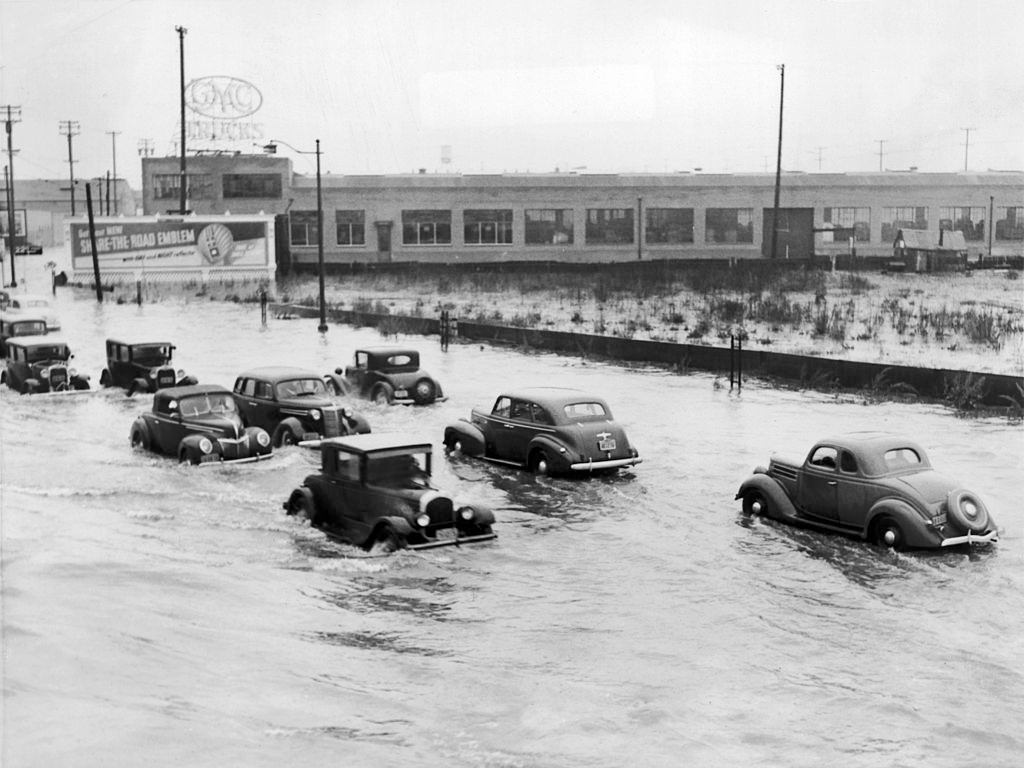
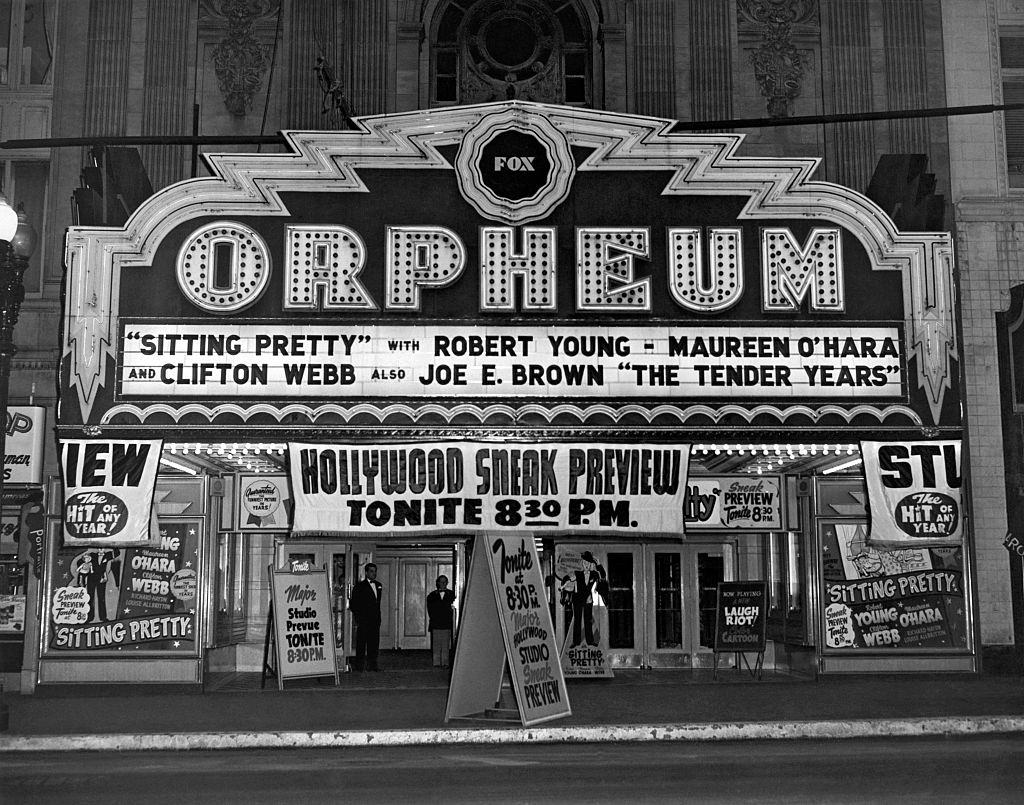
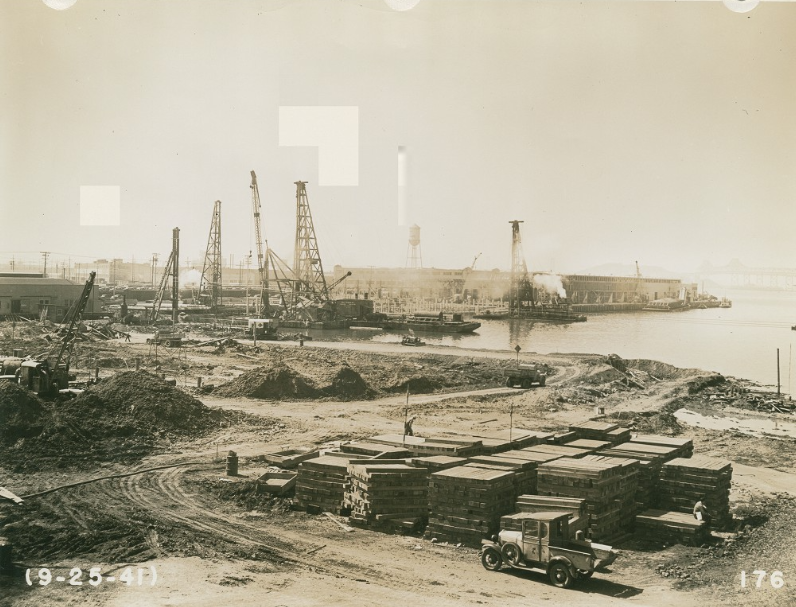
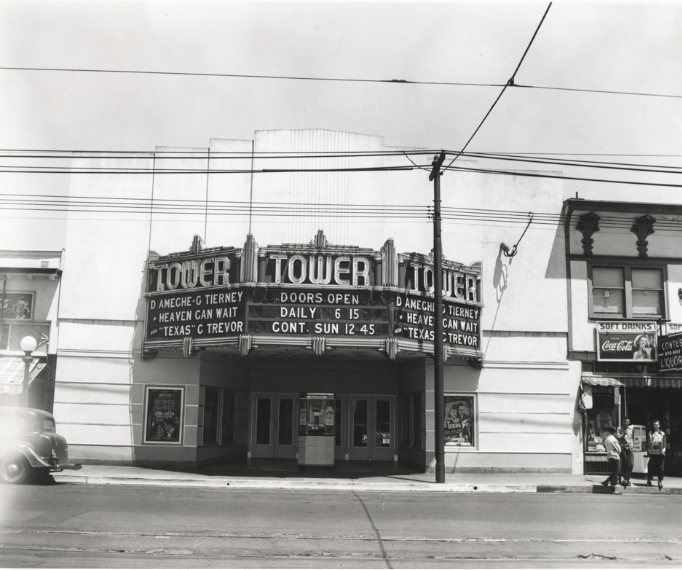
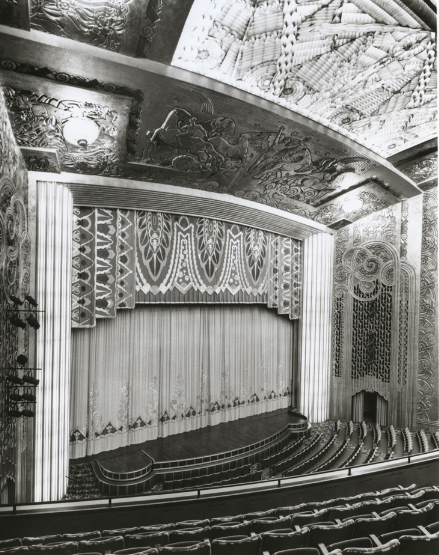
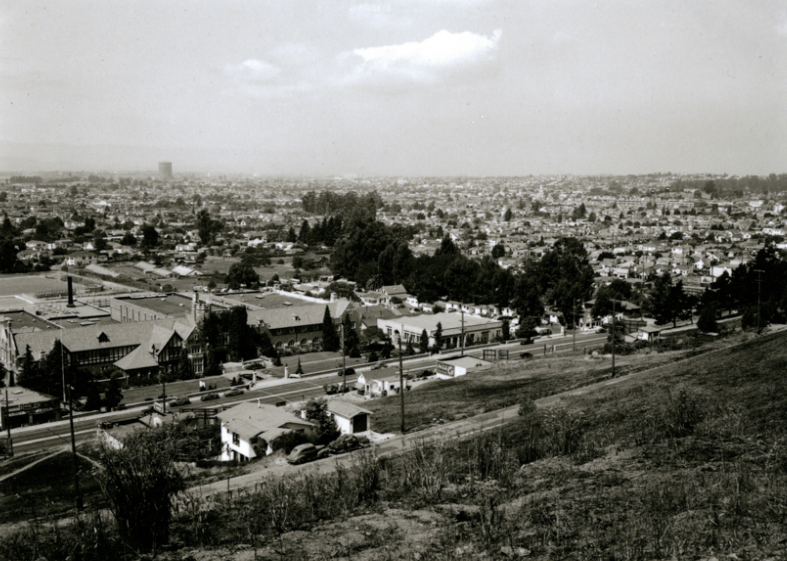
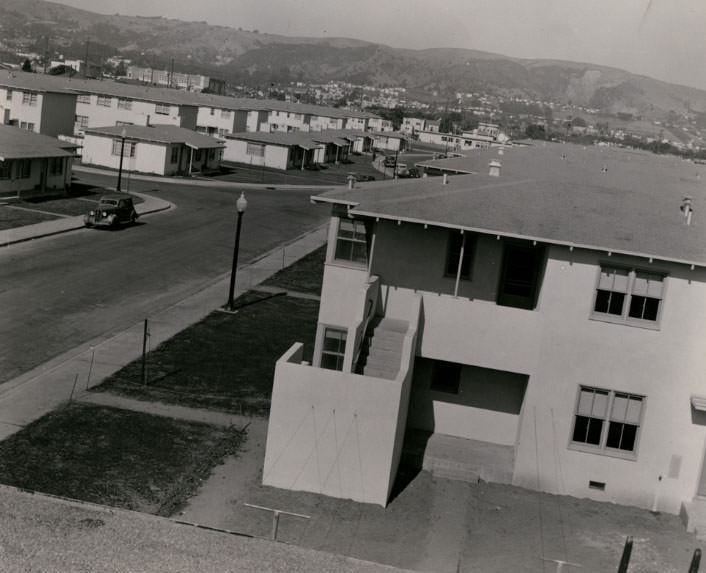
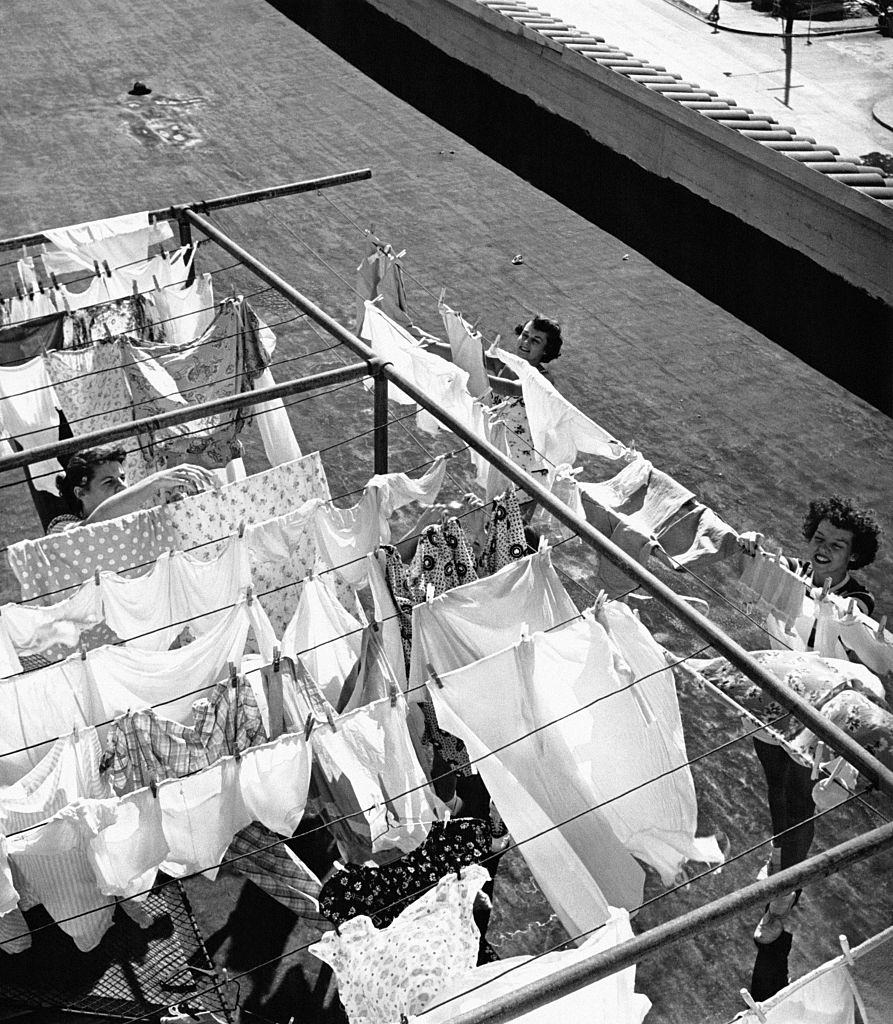
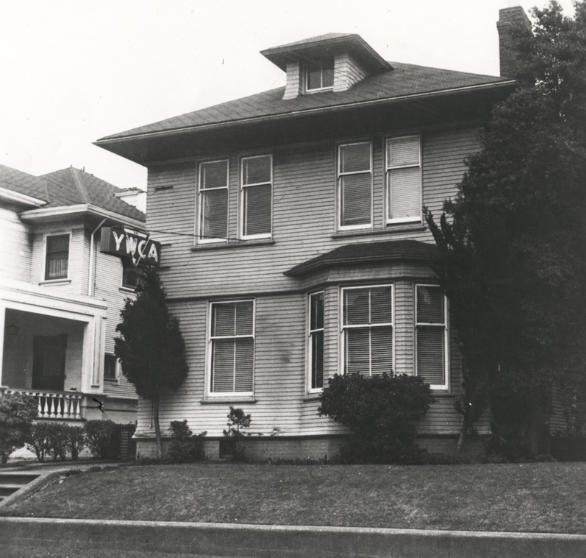
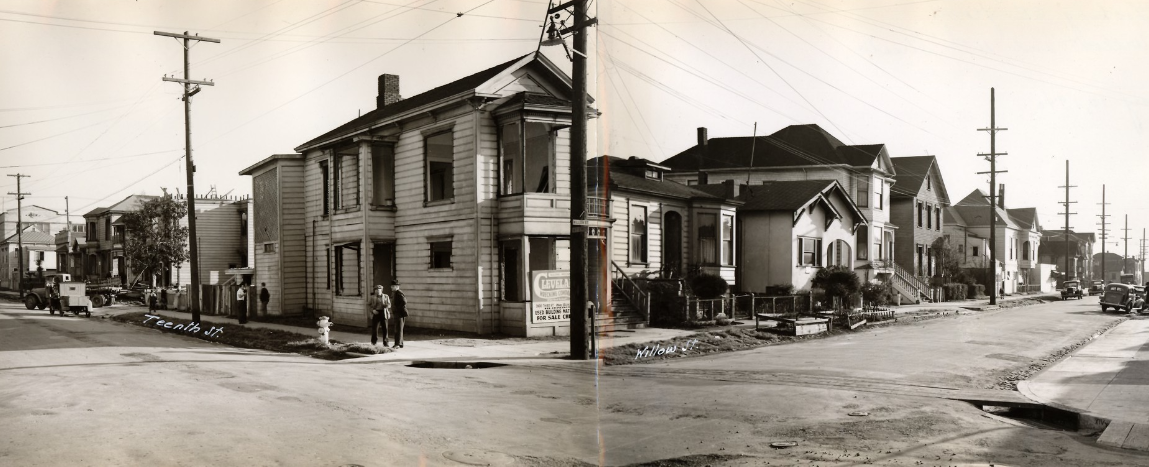
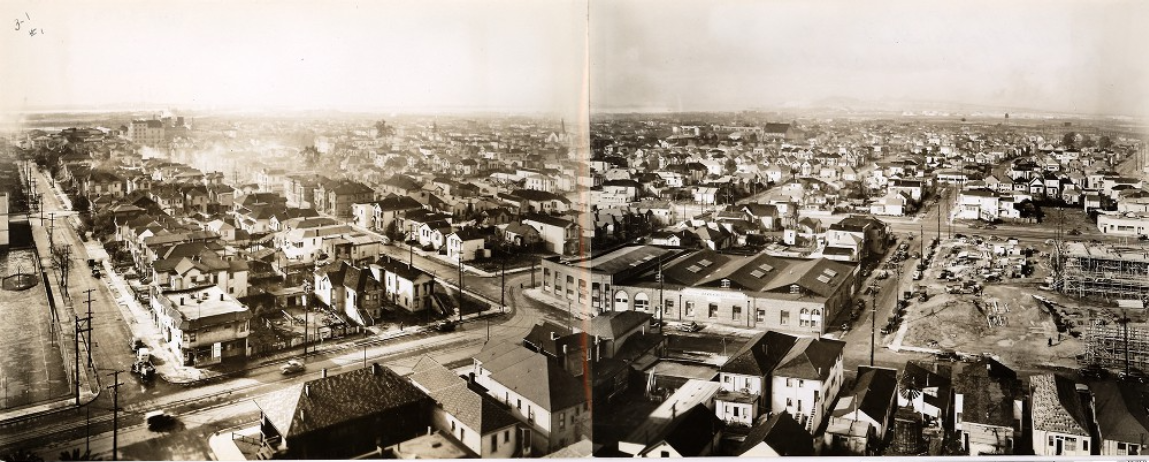
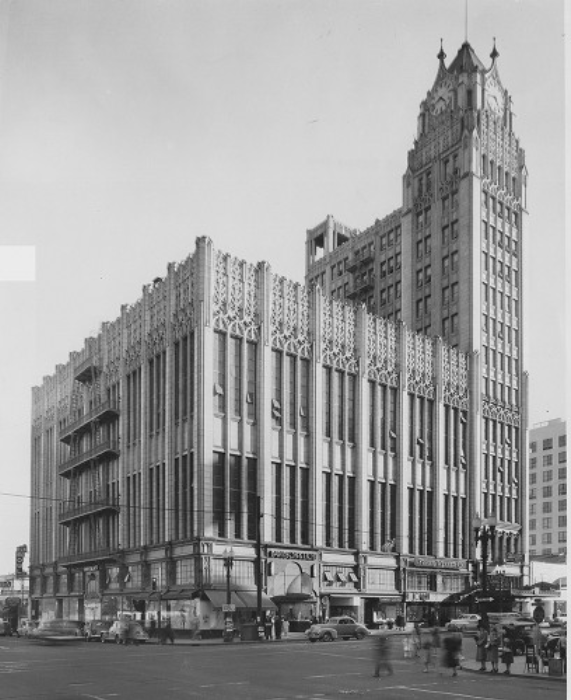
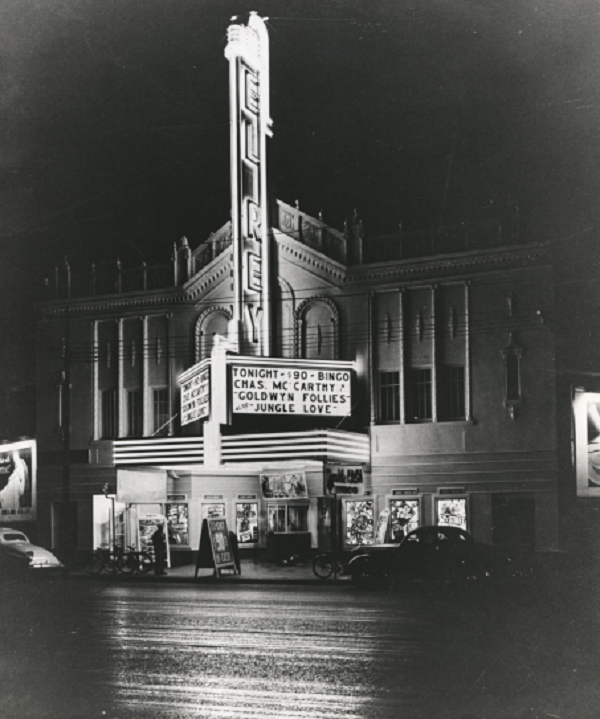
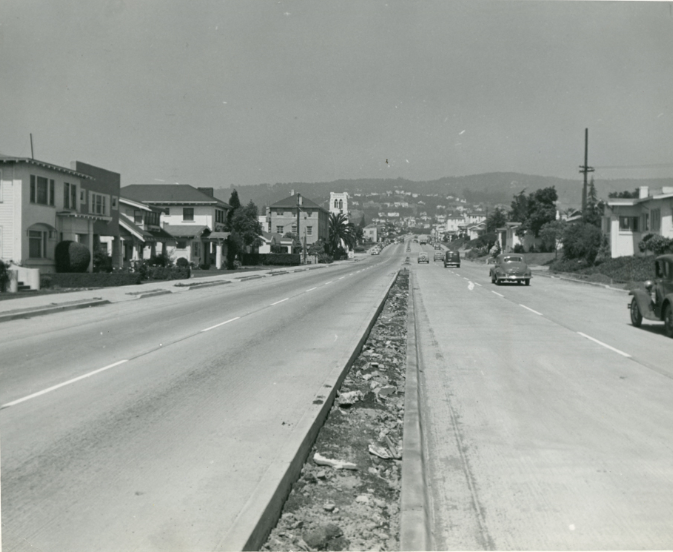
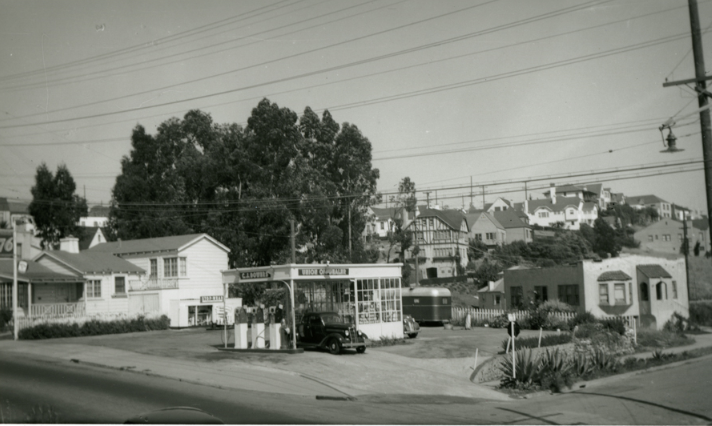
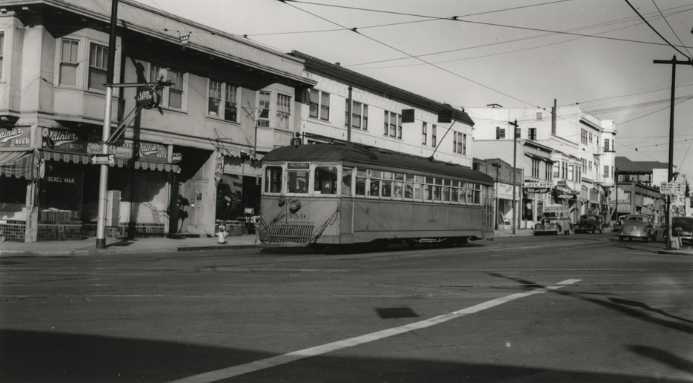
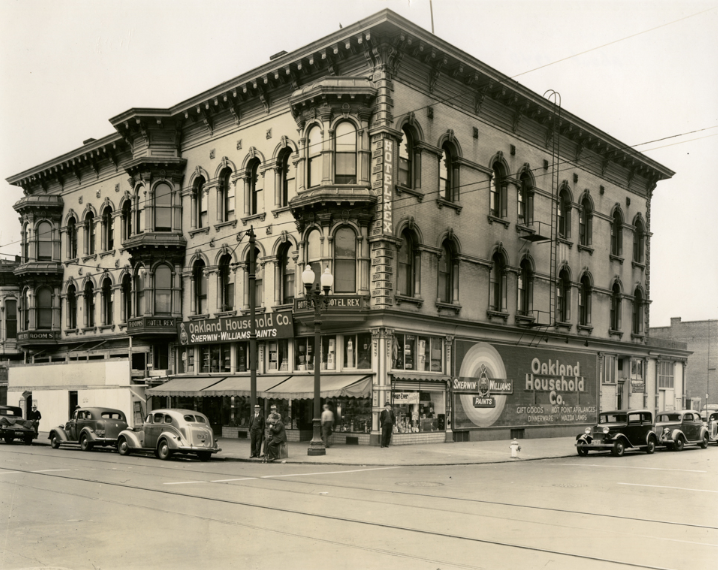
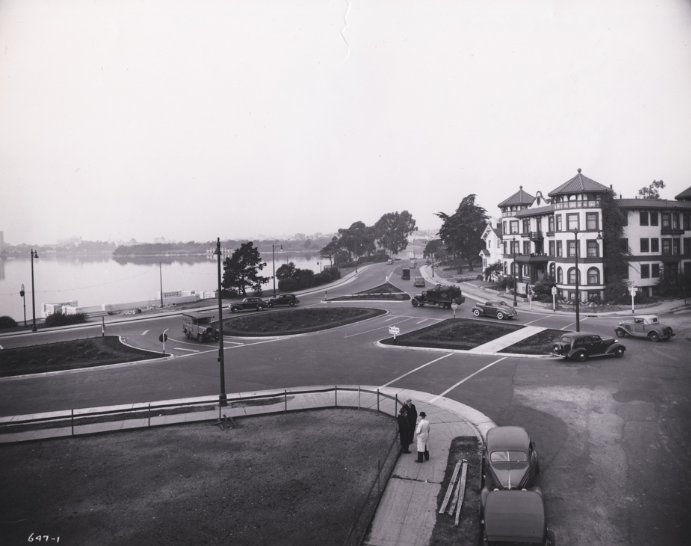
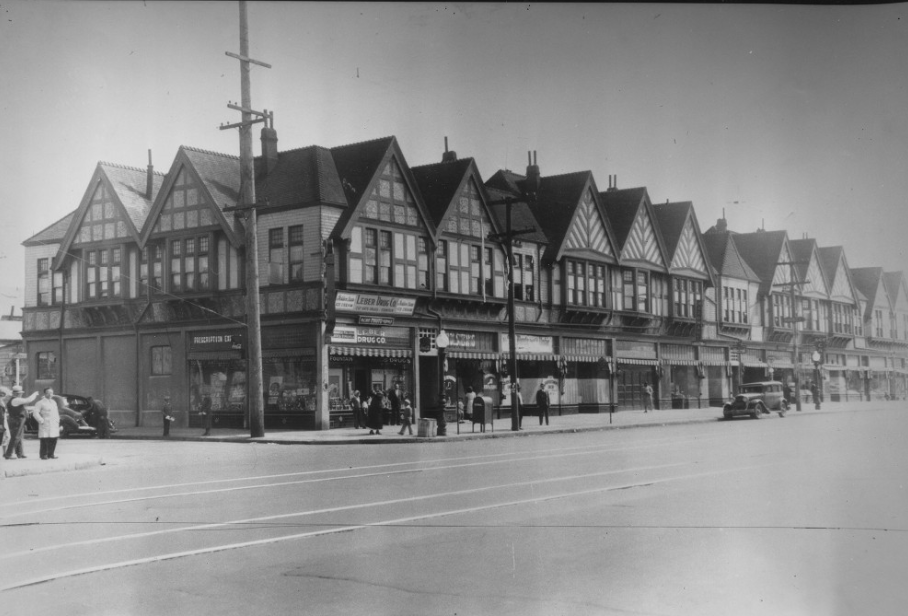
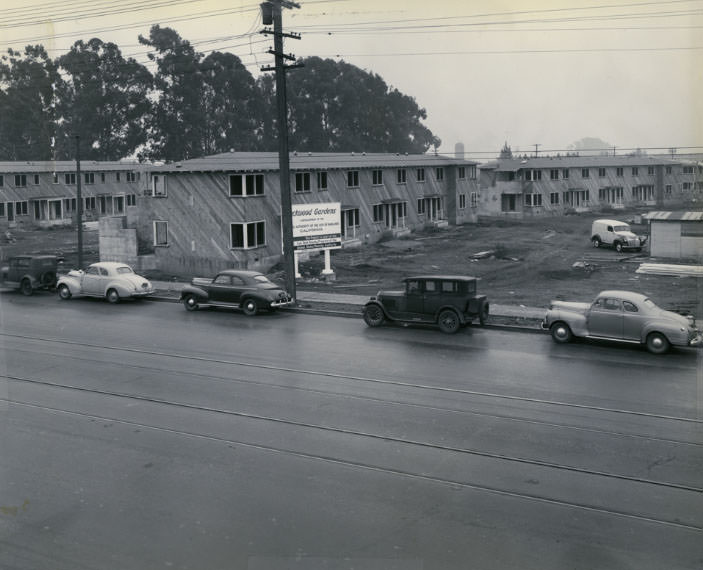
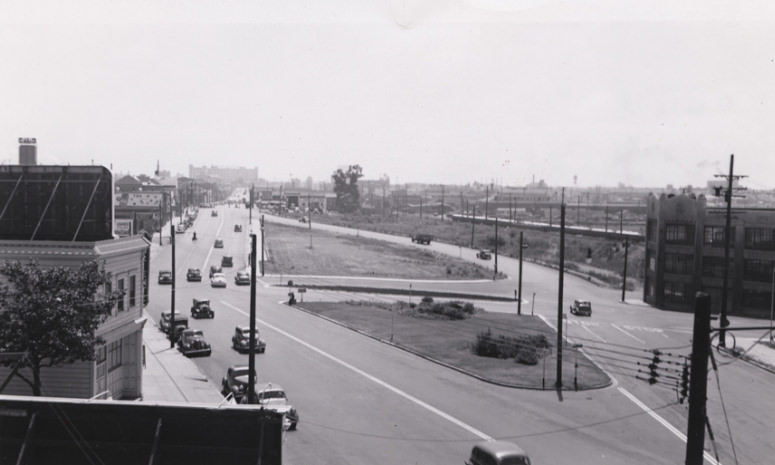
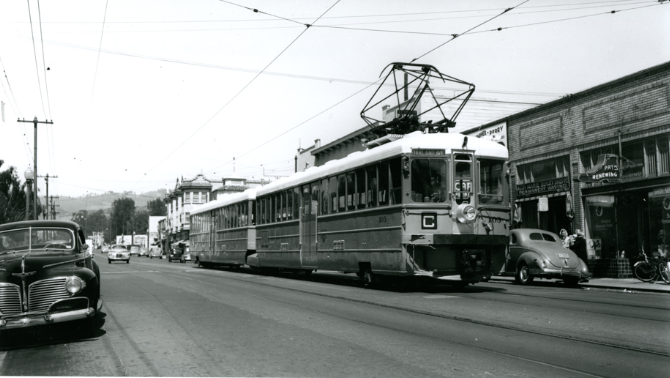
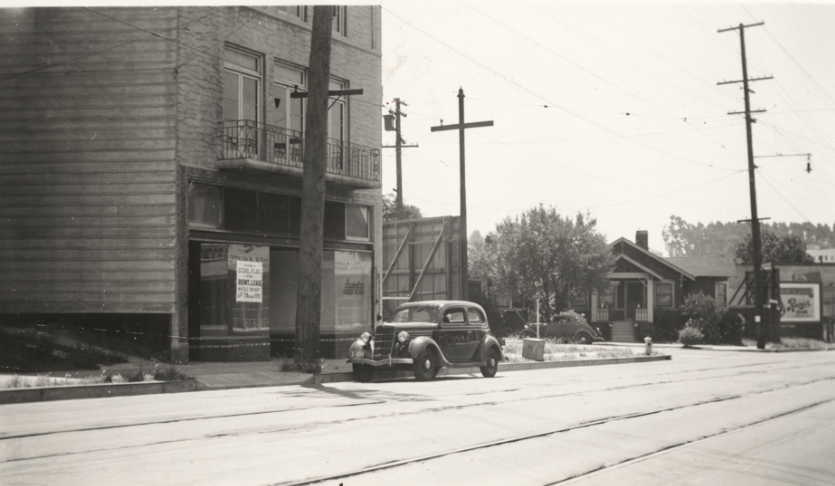
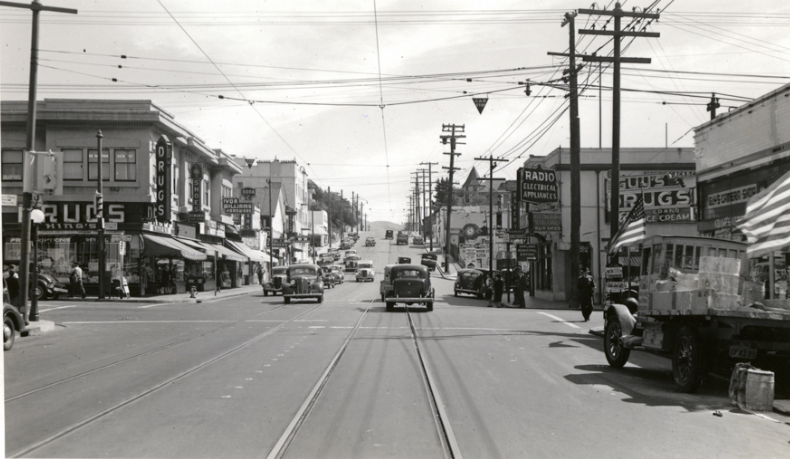
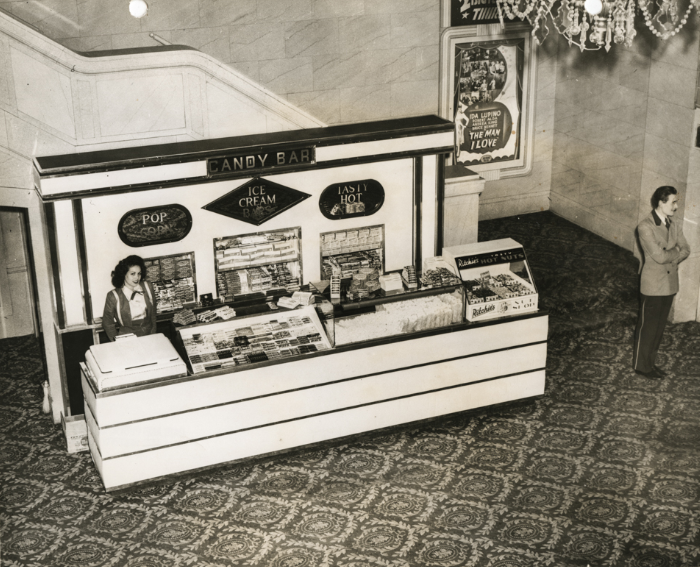
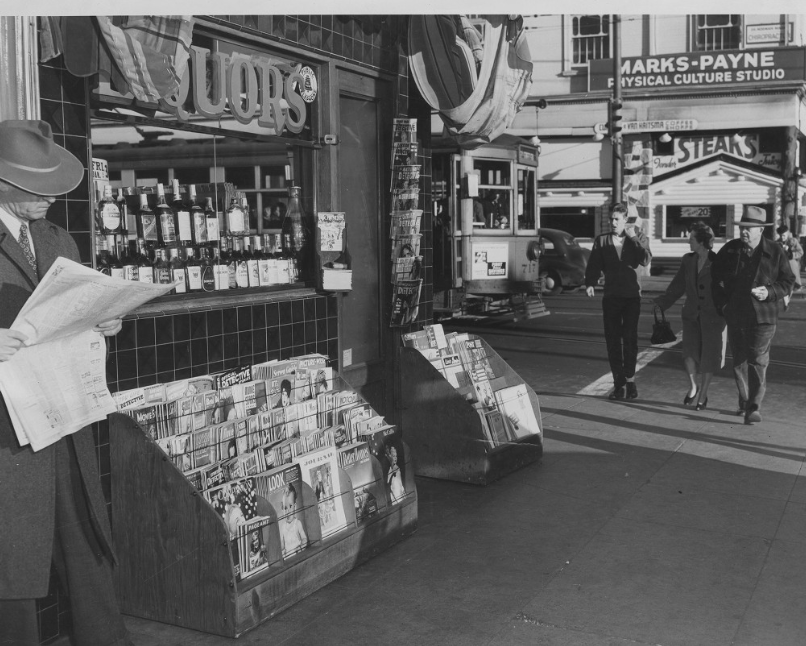
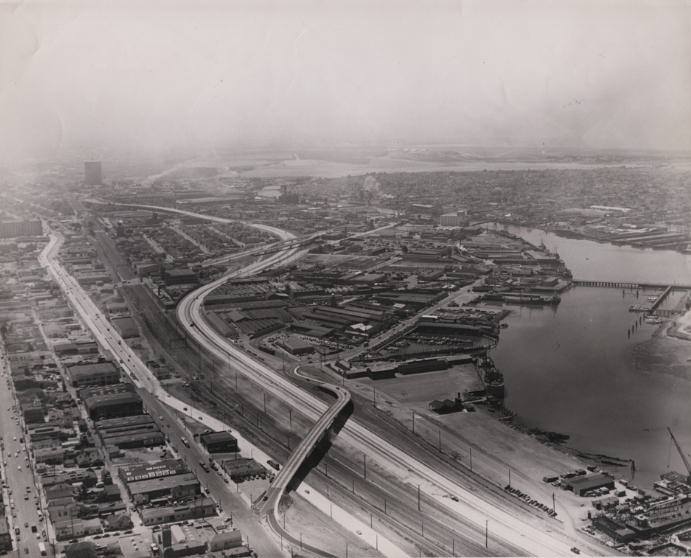
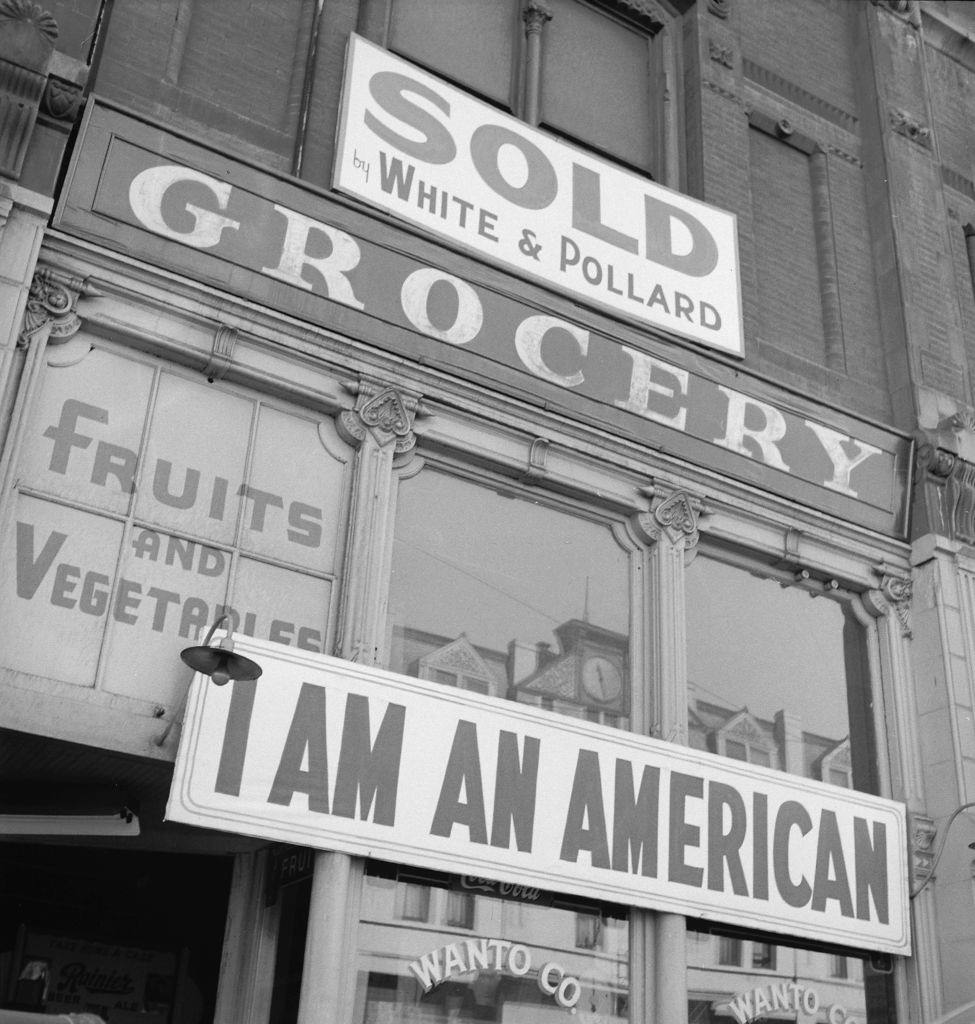
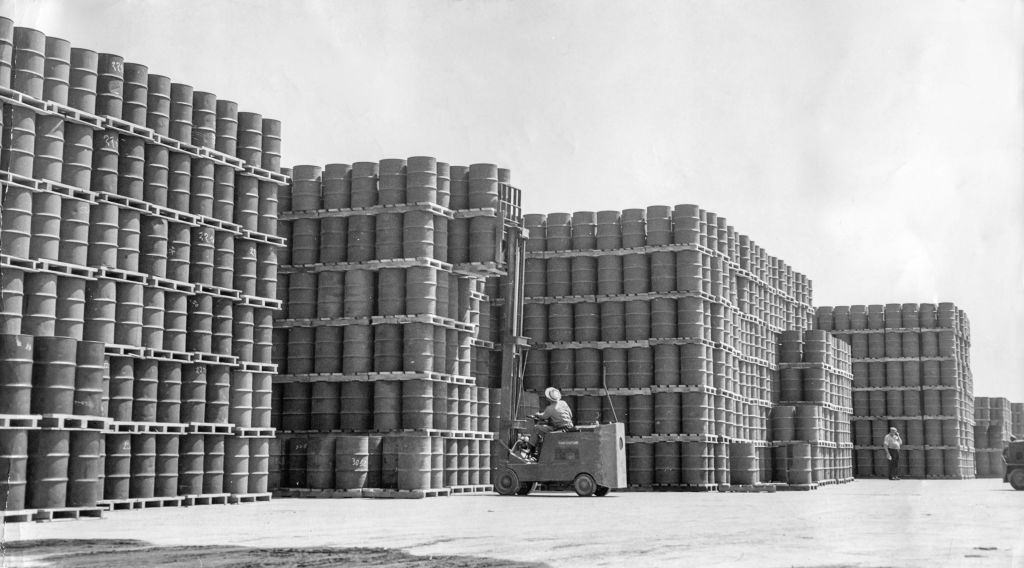
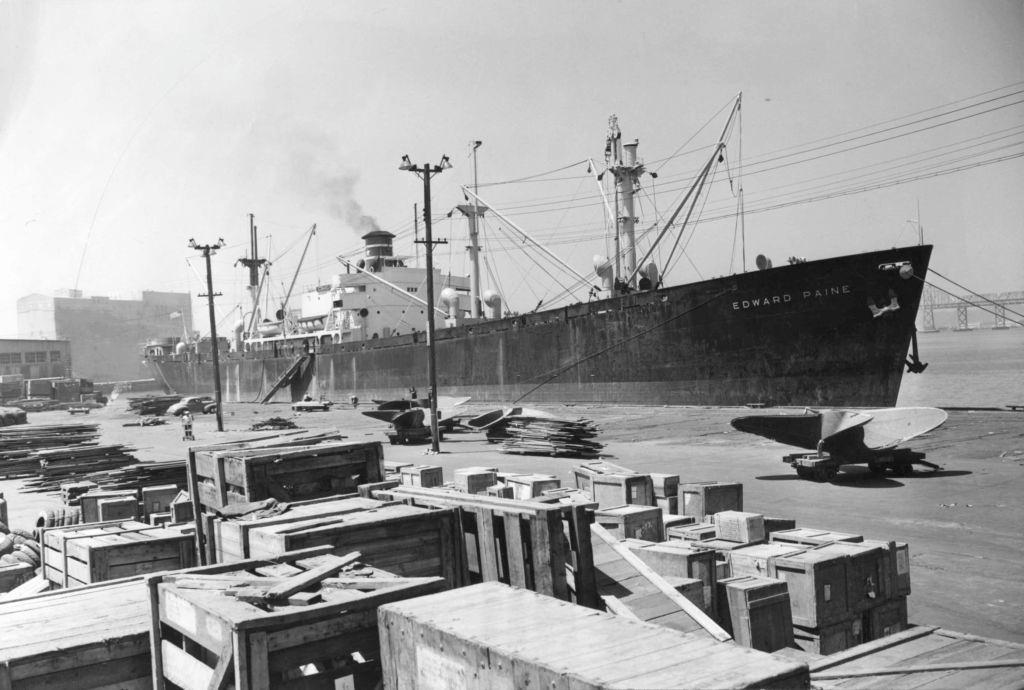
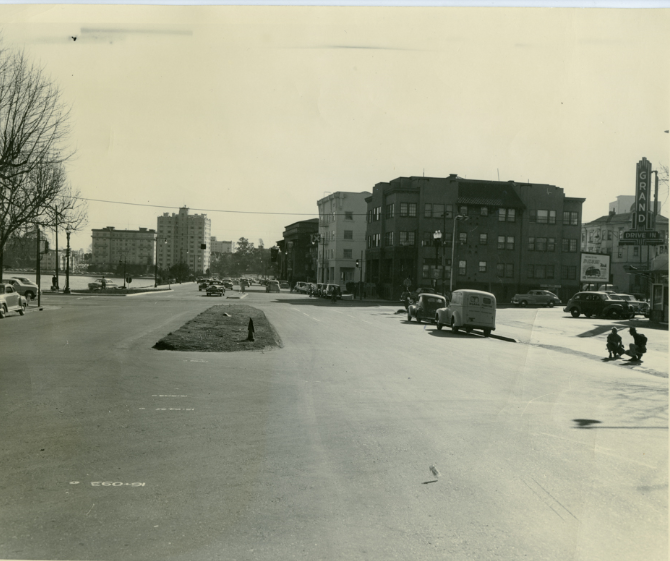
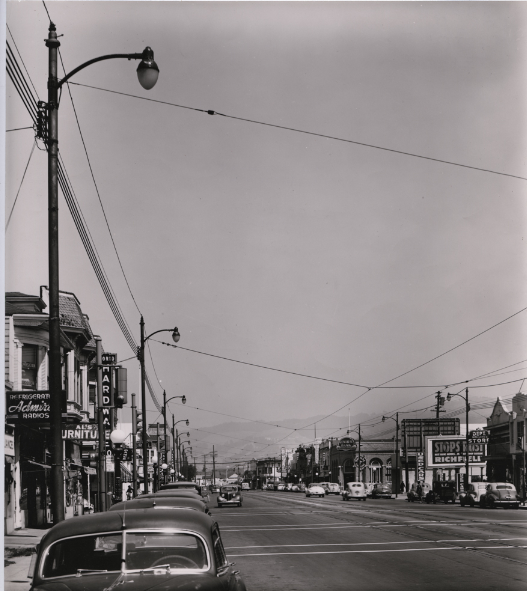
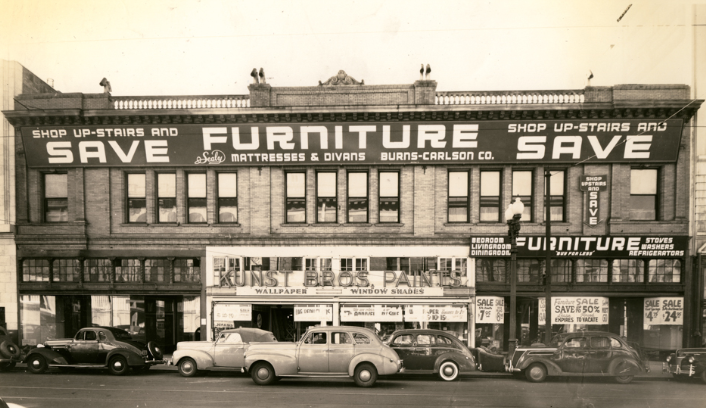
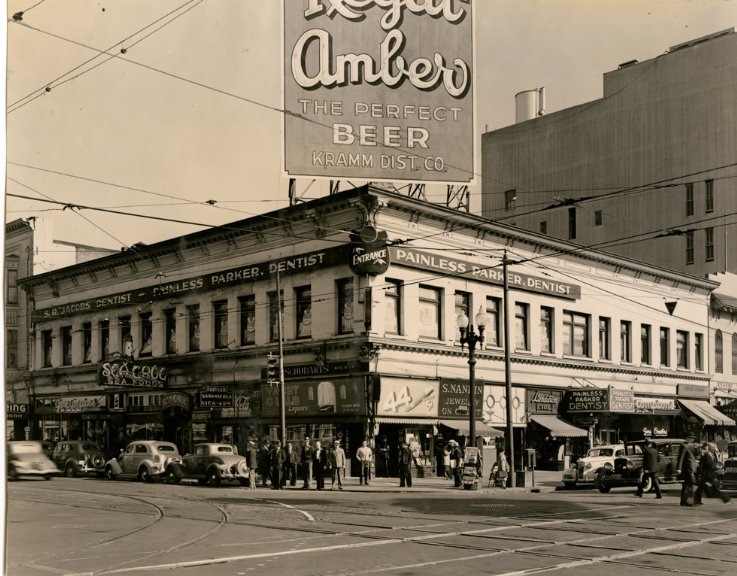
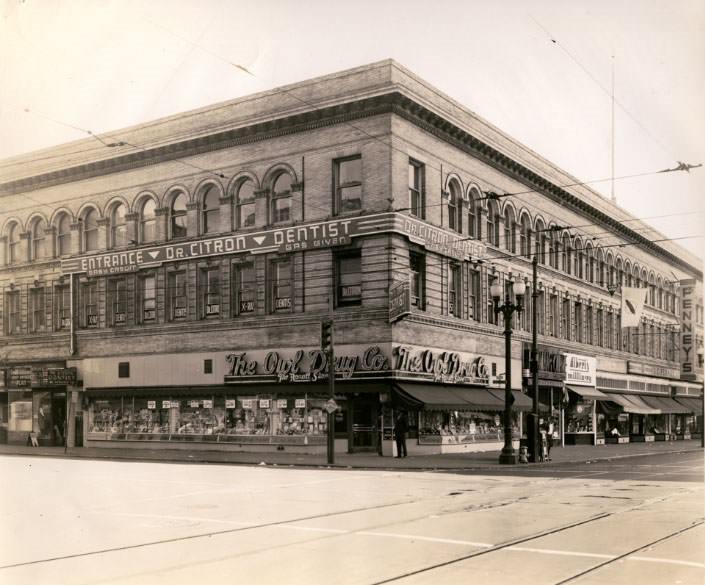
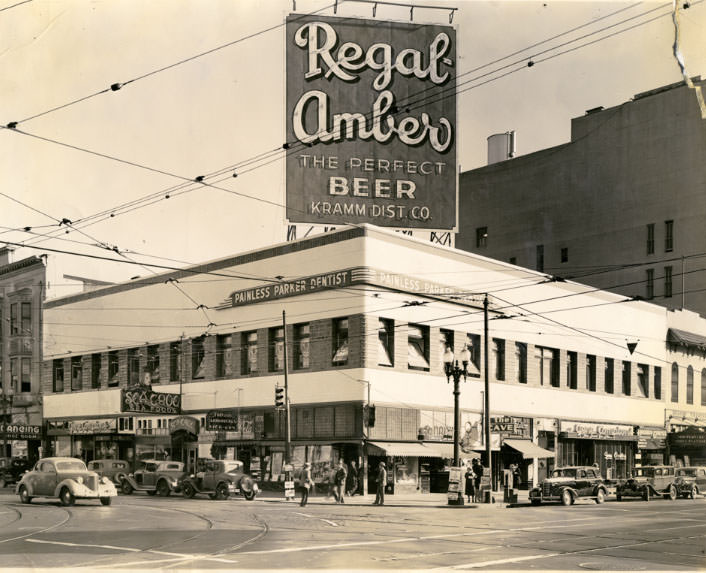
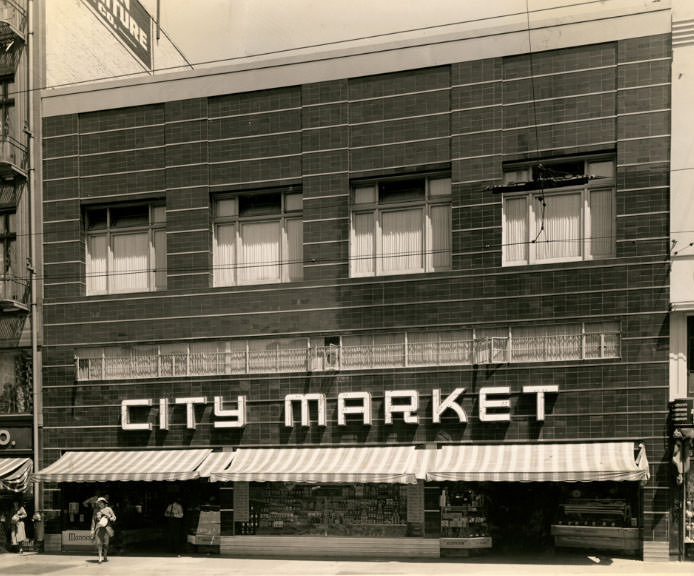
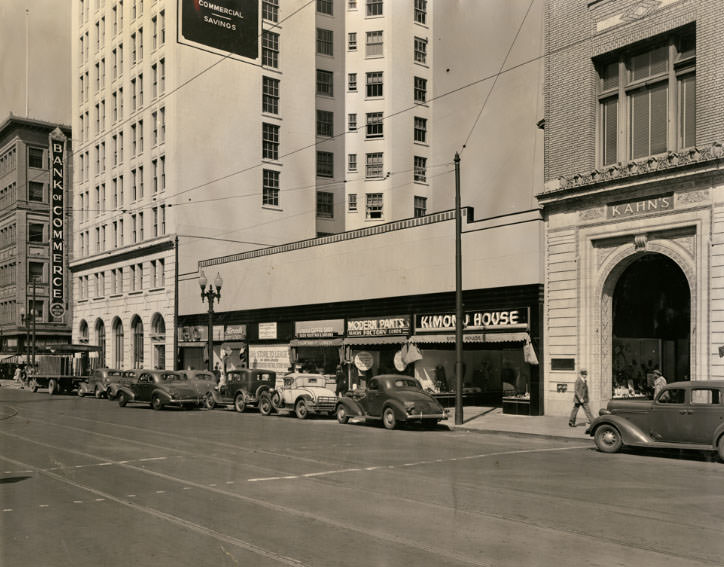


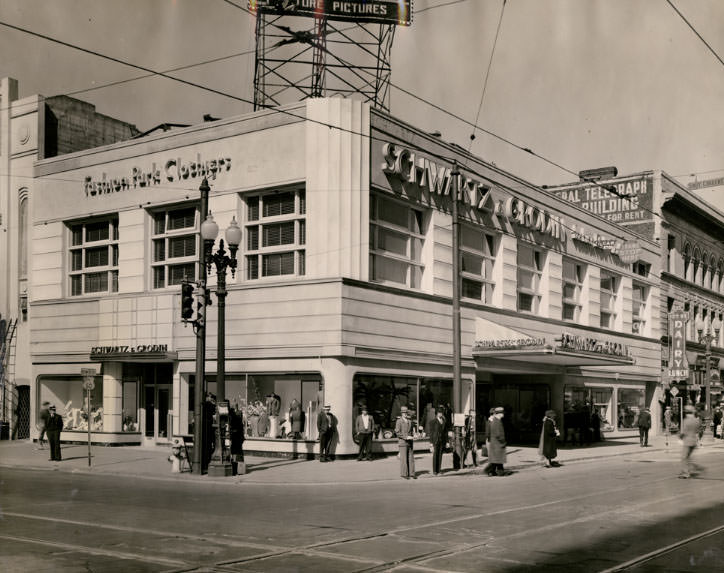
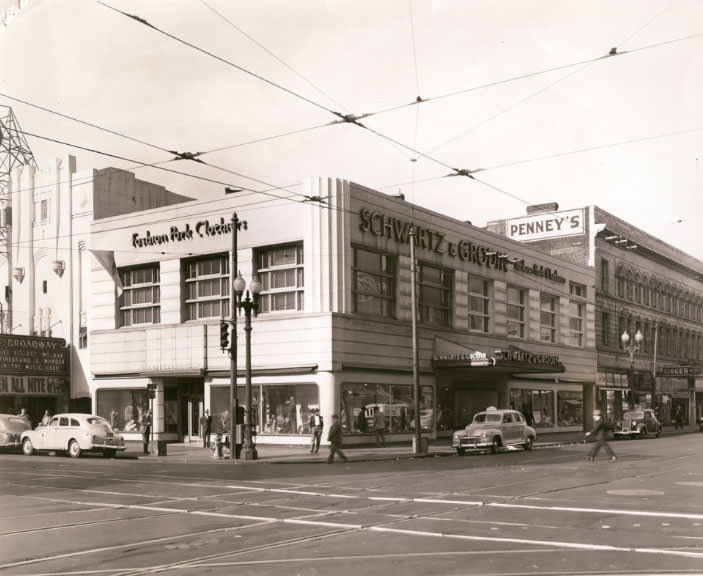
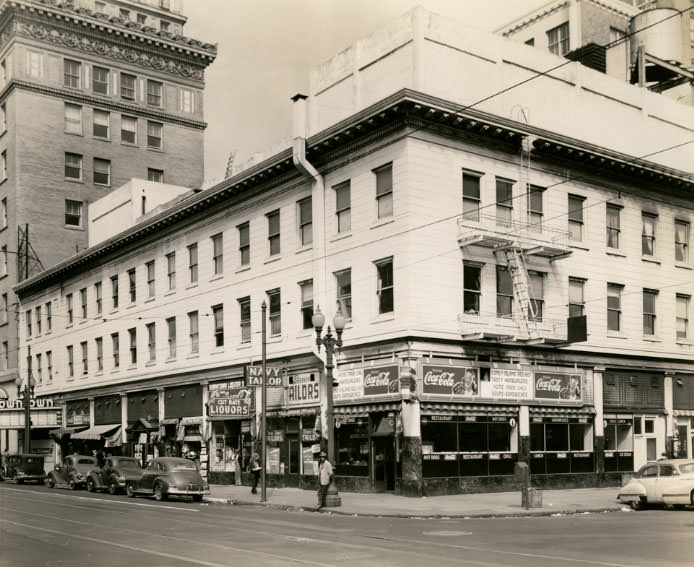
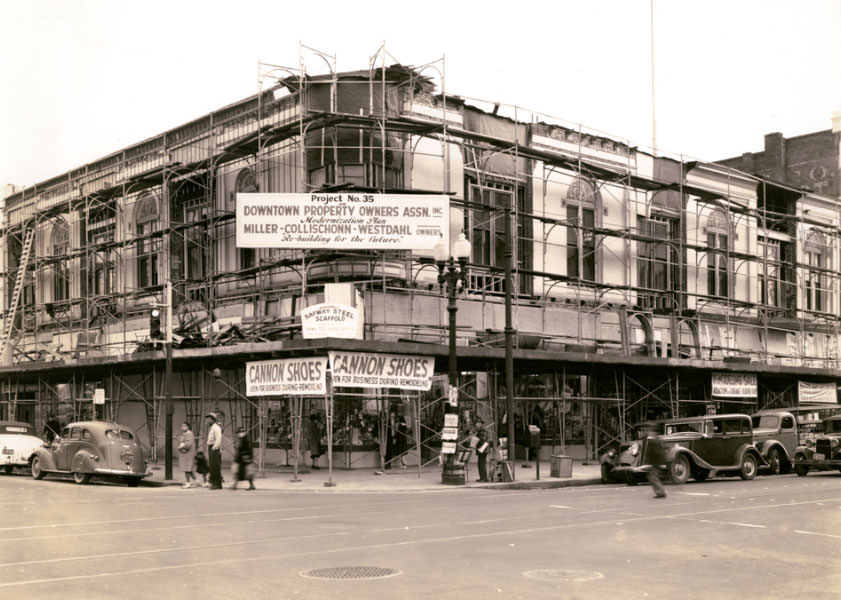
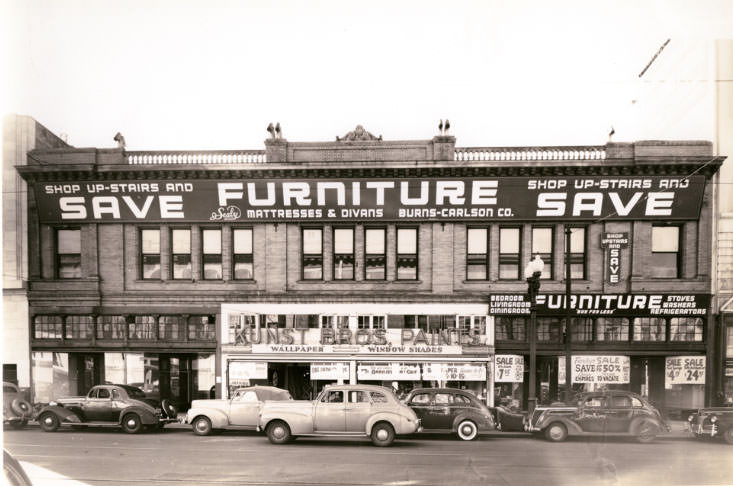
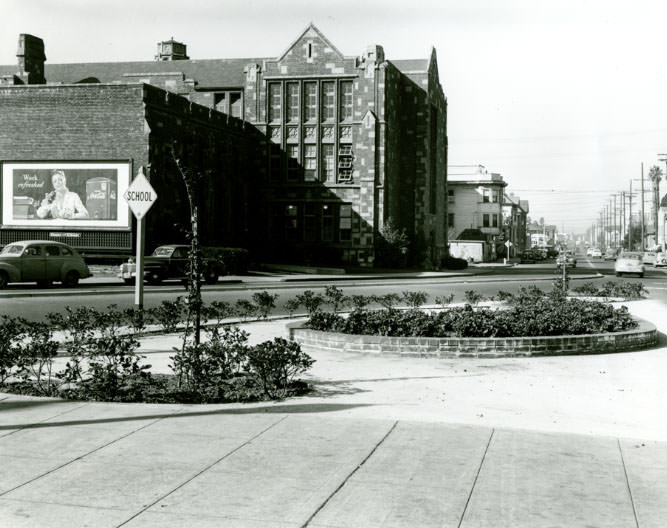
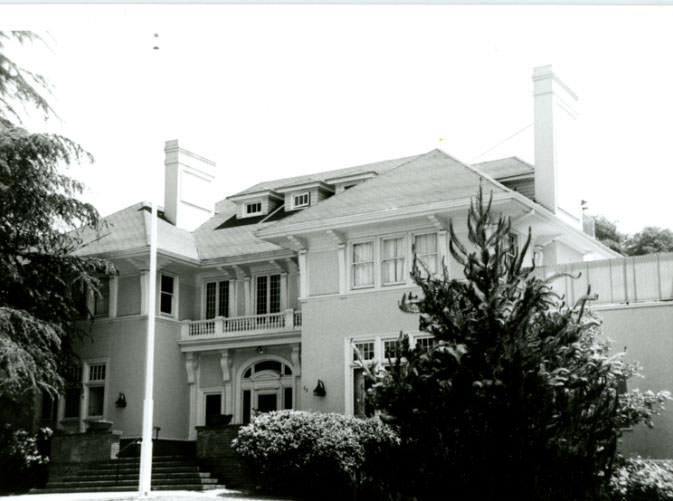
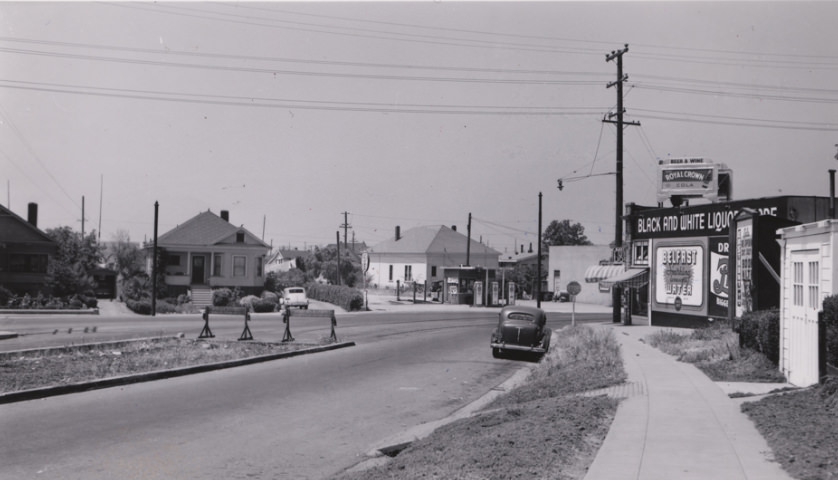
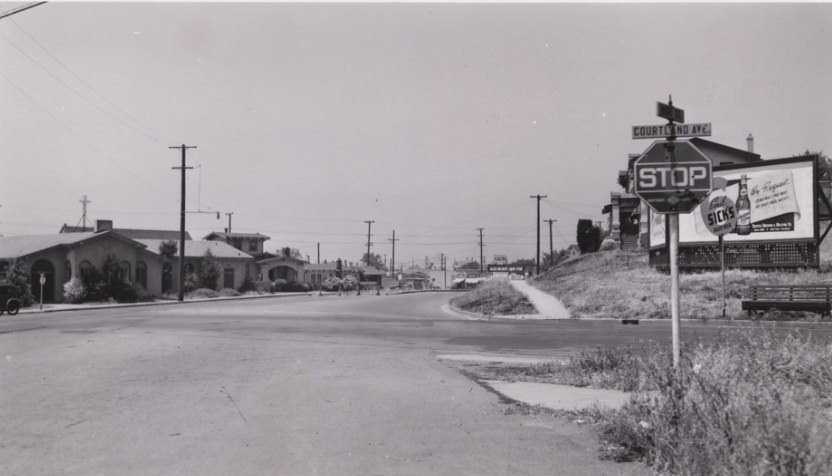
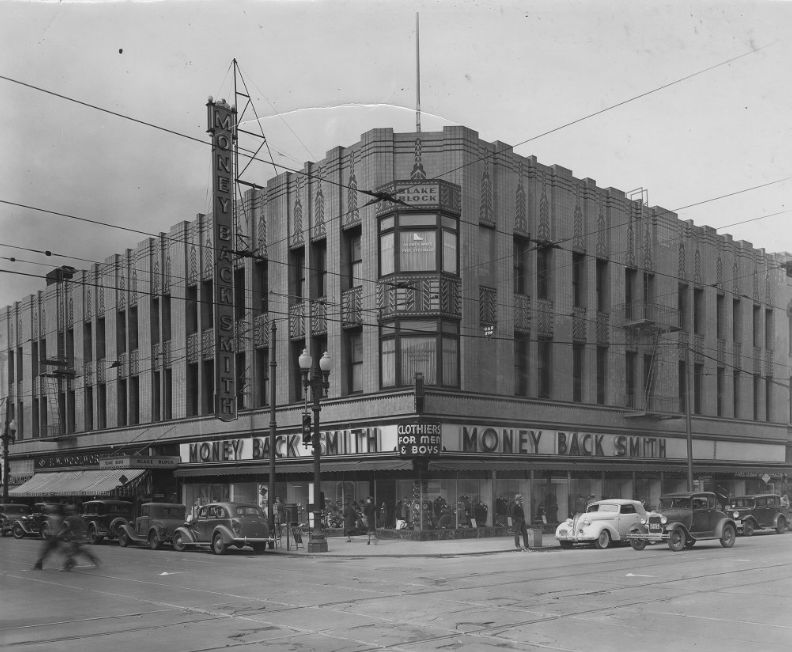
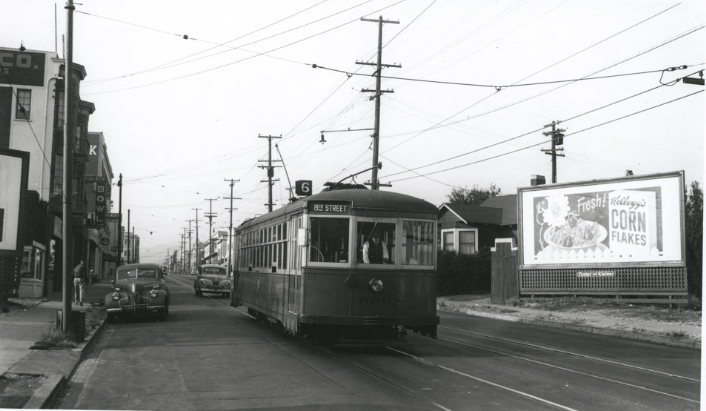
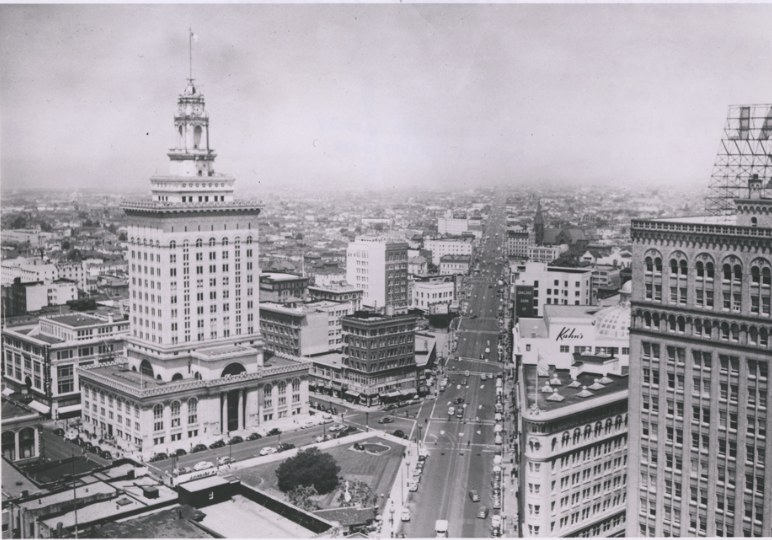
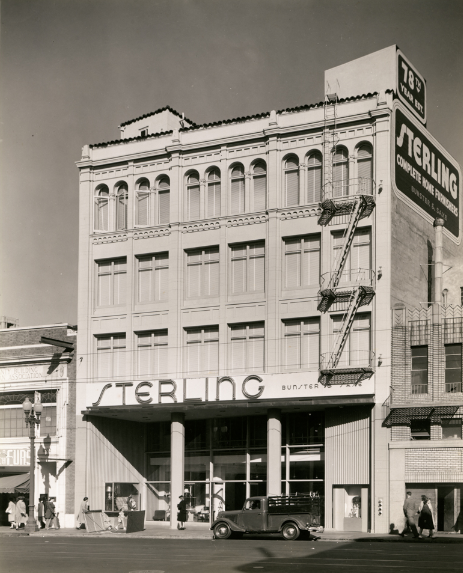
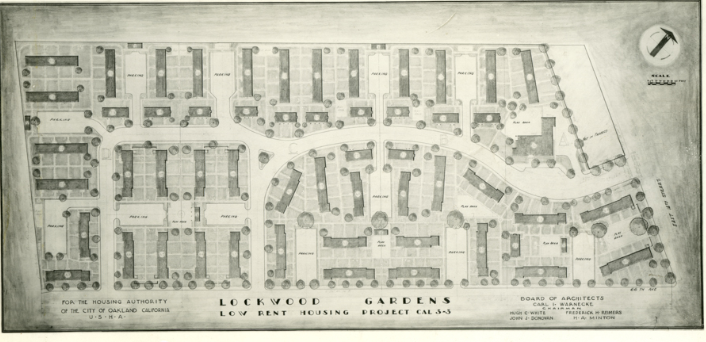
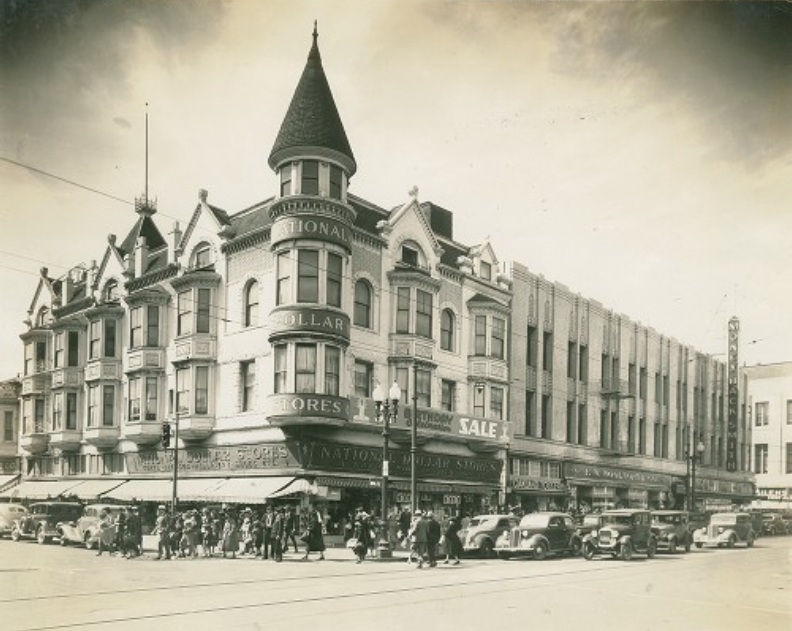
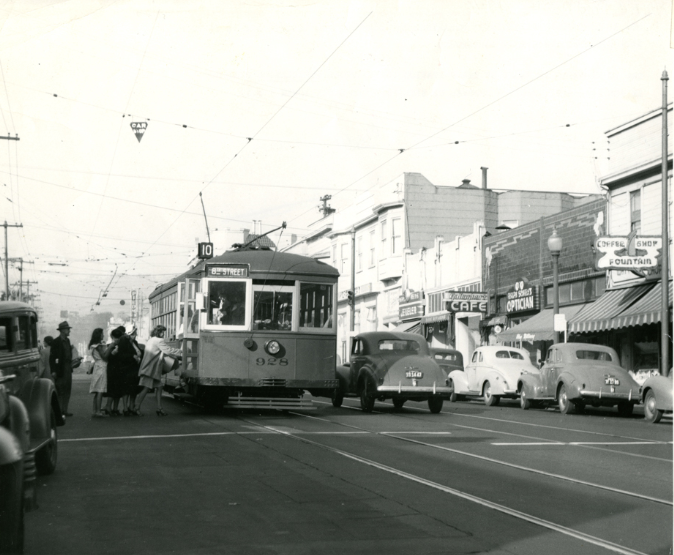
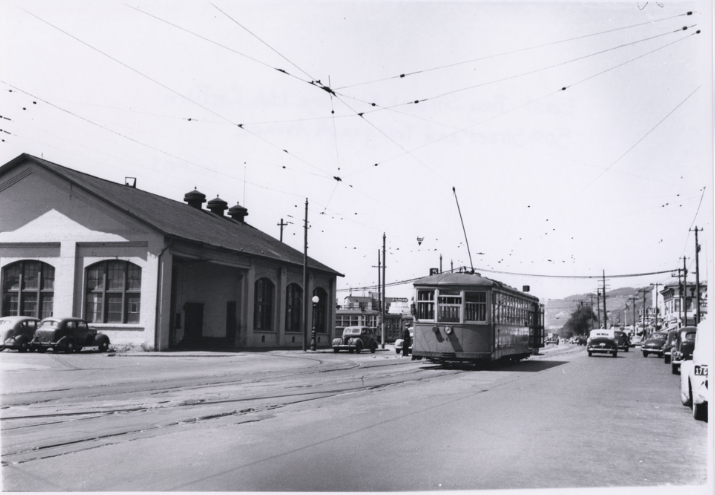
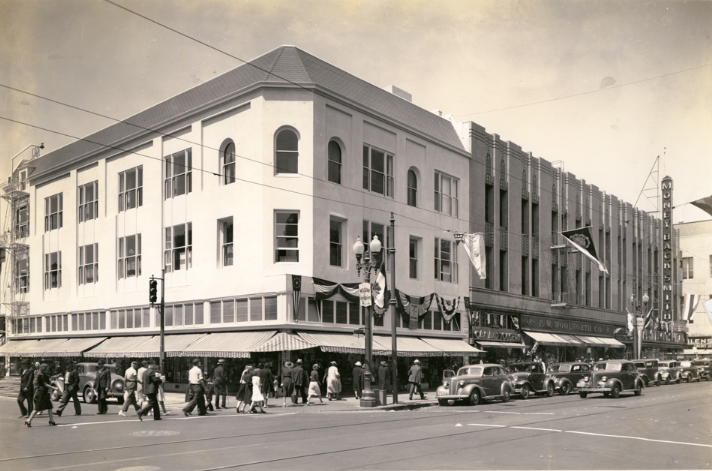
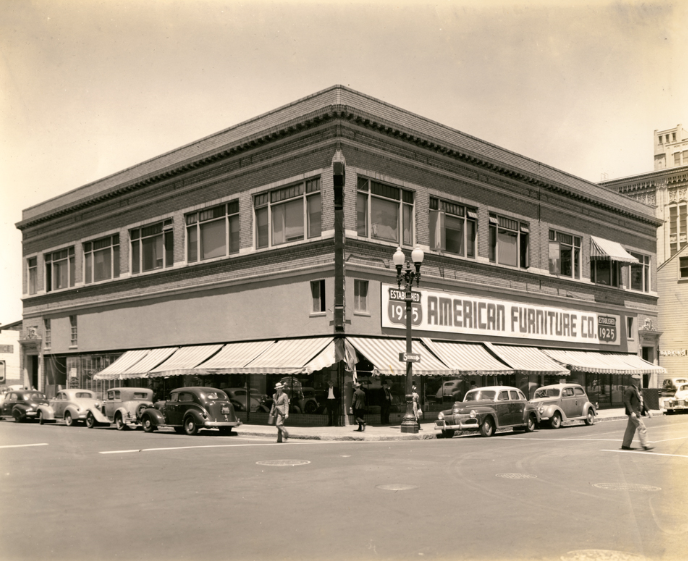
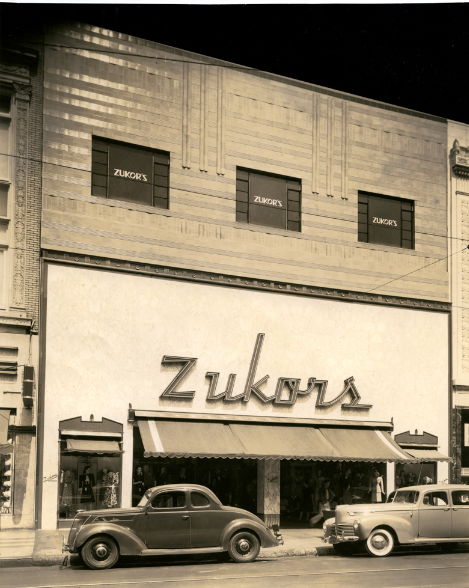
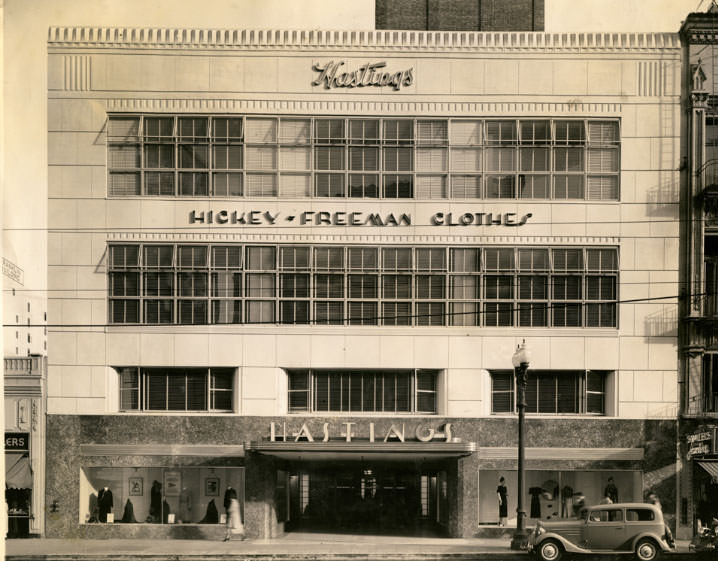
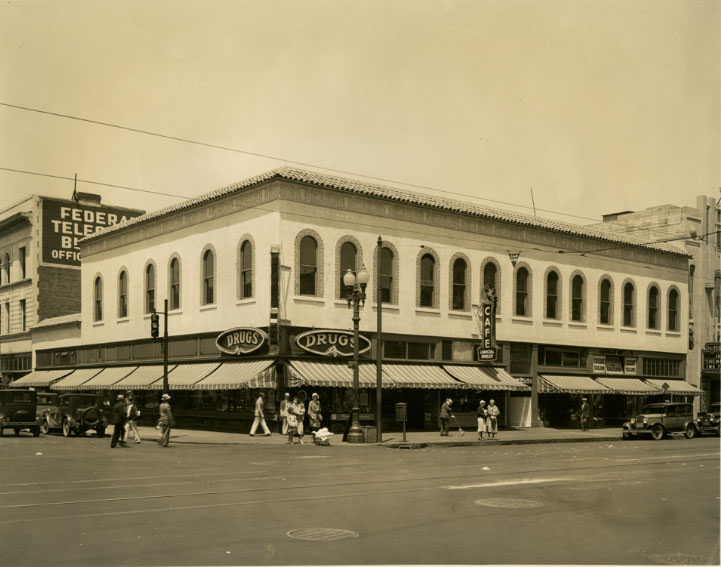
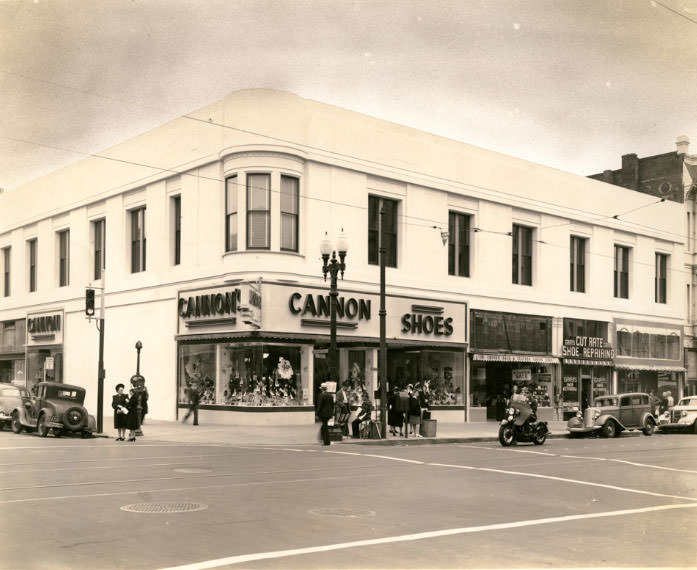
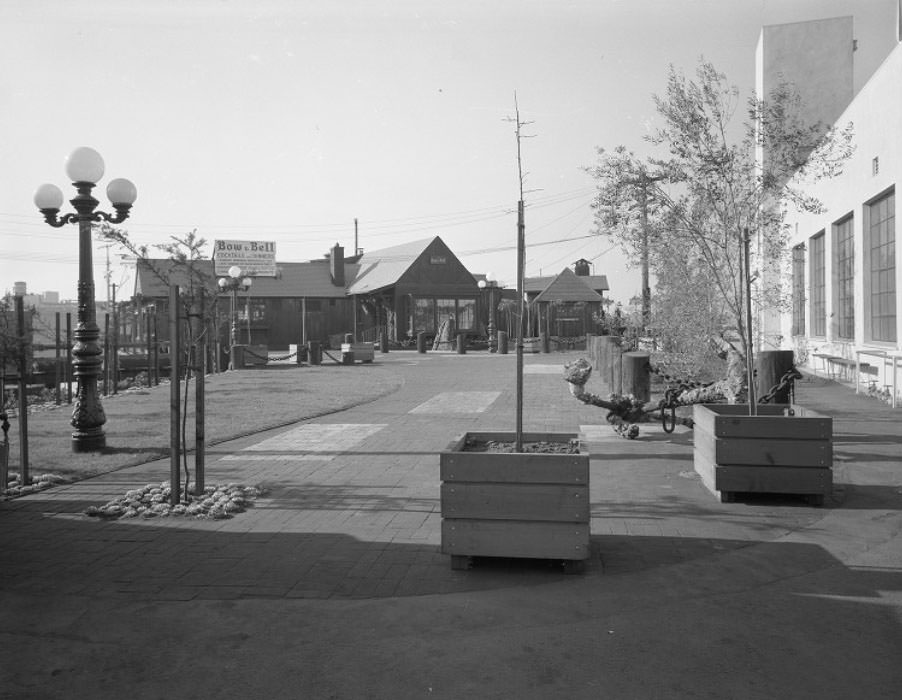
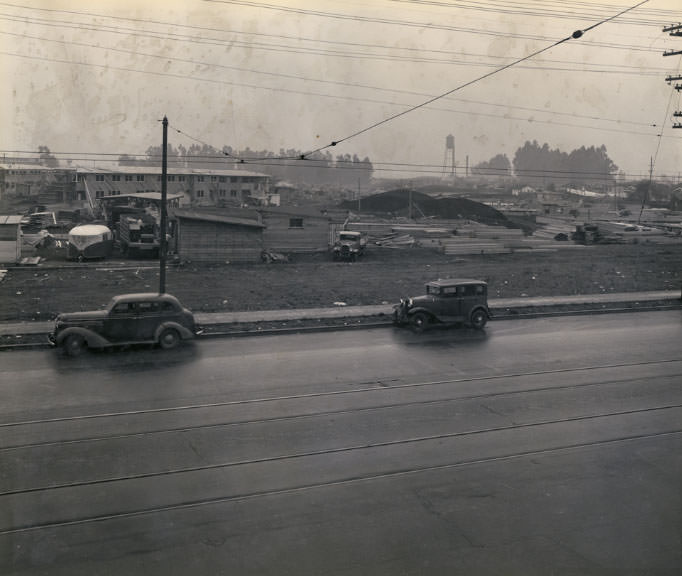
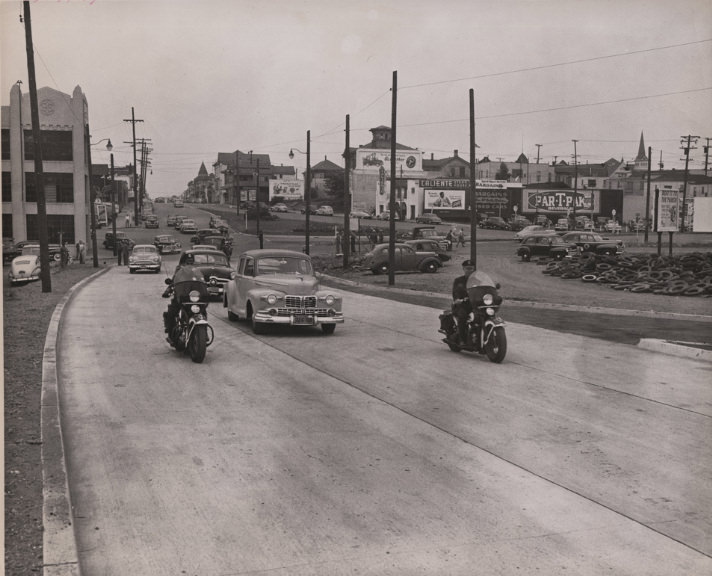

Very cool old pics!, I was born in Oakland in 1961, my Mom was born at Highland Hospital in 1933, worked at the Fox Oakland from 1950 to ’55, thanks for the great look back in time, BTW, I still live here! lol
Man. They really destroyed parts of Oakland with weird bits of freeway and mid-century brutalist turds of buildings.
Does anyone know why all the old houses in Oakland are enormous? Were they originally built as SFH, or to be used as boarding houses? There’s some truly gigantic old Victorians around.
I think most were built as single-family homes, but in a time when the expectation was much larger families – more kids on average, some intergenerational living, and potentially a live-in maid/nursemaid or other help. Plus some old architectural/design features that have mostly become additional bedrooms or living spaces but originally served specific purposes, like sleeping porches, infirmaries, butlers’ pantries, attached carriage houses, etc.
And many of the old houses in the hills or anywhere it’s at all hilly look like they have an entire extra story, because they were just built into the side of the hill instead of leveling the lot. Some near me look like they’re 4 stories but really are just two or three bedrooms, plus a garage and a half basement – still big houses but not quite as big as they look from the outside.
It’s a tragedy to have lost the Key System 😭
Some great pics here including some that I have never seen.